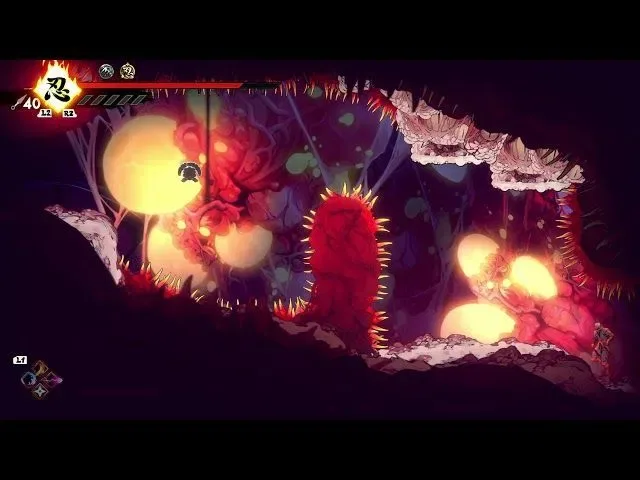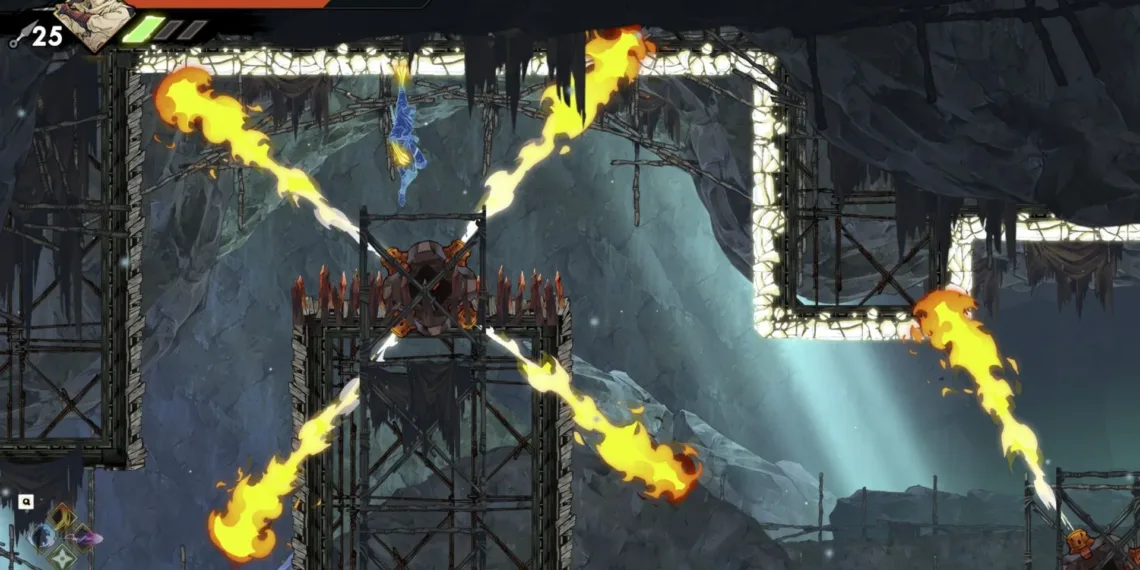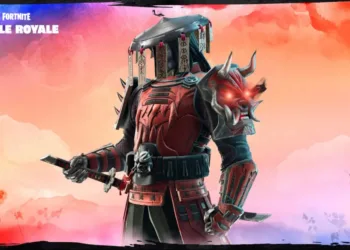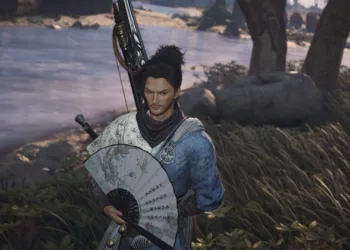After the successful launch of Shinobi: Art of Vengeance, Lead Game Designer Frederic Vincent sat down for an exclusive interview to discuss the game’s most fascinating design elements. From the punishing Ankou Rifts to the ingenious Dash Booster mechanic, here’s everything you need to know about what makes this ninja masterpiece tick.
Table of Contents
Shinobi’s Interview Highlights at a Glance
| Topic | Key Insight |
|---|---|
| Ankou Rifts Purpose | Built around specific Ningi mechanics as mastery tests |
| Design Philosophy | Linear main path with difficulty spikes in secret areas |
| Favorite Feature | Dash Booster mechanic for propulsion gameplay |
| Structure Approach | Simple to follow, generous with challenge content |
| Black Katana Challenge | Final test requiring perfect mastery of abilities |
What Makes Ankou Rifts Special?
Most Ankou Rifts are designed around specific gameplay mechanics related to the Ningi tools you discover in each stage. For instance, after finding the Ninja Hook in Neo City, that stage’s rift features extensive platforming sections utilizing the Hook mechanic. This design ensures players truly understand each tool before progressing.

The Kaiju level takes this concept further as a grand finale. Since it’s one of the final stages, players must use every Ningi they’ve acquired, forcing them to apply everything learned throughout their journey. Think of it as Shinobi’s ultimate exam—pass or fail, there’s no middle ground.
The Black Katana: Your Final Test
Those brutal movement puzzles and combat gauntlets required to unlock the Black Katana weren’t designed to frustrate you—they’re deliberately crafted tutorials in disguise. The level designer created these stages as the ultimate Shinobi test, using only ingredients and mechanics found elsewhere in the game to demand perfect mastery of Joe’s abilities.
Many platformers include this type of optional challenge content, and the Lizardcube team wanted to deliver their own interpretation. If you’ve managed to complete all these rifts, you’ve genuinely earned that prestigious weapon.
Metroidvania Meets Linear Design
You might have noticed Shinobi: Art of Vengeance doesn’t quite fit traditional genre boxes. Vincent explains the team deliberately chose a hybrid approach. The core idea centered on creating a simple, easy-to-follow structure while remaining generous with content and challenges. The main path stays linear, but significant difficulty spikes hide in secret areas requiring backtracking.
This structure ensures any player can reach the ending, but completionists who want to dig deeper into mechanics and secrets have plenty of optional content to tackle. It’s accessibility meets hardcore challenge—the best of both worlds.

The Dash Booster Breakthrough
When asked about his favorite design element, Vincent highlighted the Dash Booster mechanic. This ingredient propels Joe forward when he makes contact with it, performing a powerful Super Dash. While it arrived somewhat late in development, it became instrumental in creating some of the game’s most exhilarating platforming sequences.
The Dash Booster exemplifies Lizardcube’s approach to iterative design—sometimes the best ideas emerge naturally during development rather than from initial planning documents.
Balancing Accessibility with Challenge
One of Shinobi: Art of Vengeance’s greatest achievements is its difficulty balance. The main campaign remains challenging but fair, never crossing into punishing territory. Meanwhile, secret areas and Ankou Rifts offer legitimate tests for skilled players seeking to prove their mastery.
This two-tier approach respects both casual players wanting to experience the story and hardcore fans demanding genuine challenge. It’s a philosophy more modern action platformers should embrace.
Stage Variety and Visual Identity
Throughout the interview, Vincent emphasized the team’s commitment to creating visually distinct stages. From Neo City’s neon-soaked streets to the scorching Desert landscapes, each environment feels unique while maintaining cohesive gameplay flow.
The variety extends beyond aesthetics—different stages introduce new enemy types, environmental hazards, and platforming puzzles that keep the experience fresh from beginning to end.
Learning From Legacy
Lizardcube’s reverence for the original Shinobi trilogy shines through in Art of Vengeance. The team studied what made those Genesis classics special while modernizing mechanics for contemporary audiences. It’s not blind nostalgia—it’s understanding what worked and adapting it for 2025.
The result is a game that feels both familiar to series veterans and accessible to newcomers discovering Shinobi for the first time.
FAQs
Q: Do I need to complete all Ankou Rifts to finish the main story?
No, Ankou Rifts are entirely optional challenges. You can complete the main campaign without touching a single rift. However, completing all rifts rewards you with the Black Katana, the game’s most powerful weapon, making them worth the effort for completionists.
Q: Are the Ankou Rifts based on any real mythology?
Yes, Ankou comes from Celtic mythology—specifically Breton folklore—where it represents a death figure similar to the Grim Reaper. The development team incorporated this Western mythology into the Japanese ninja setting, creating a unique cross-cultural blend that enriches the game’s lore and thematic depth.








